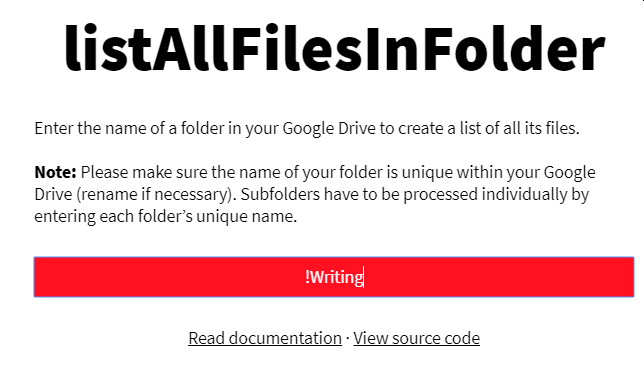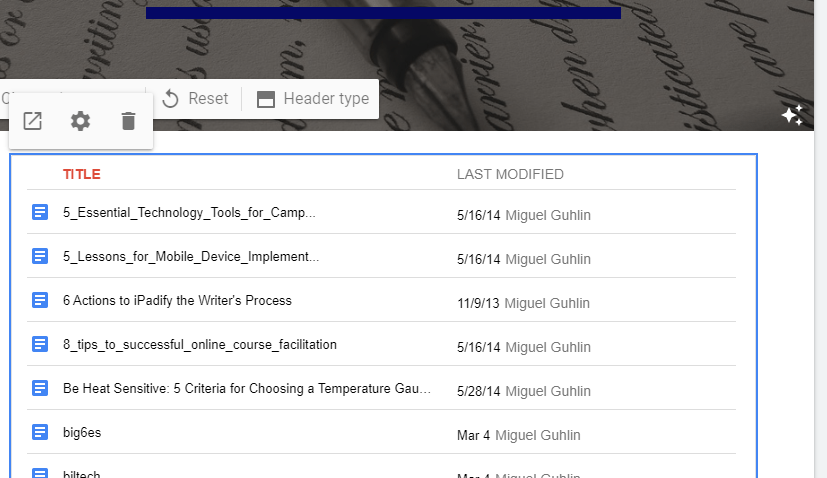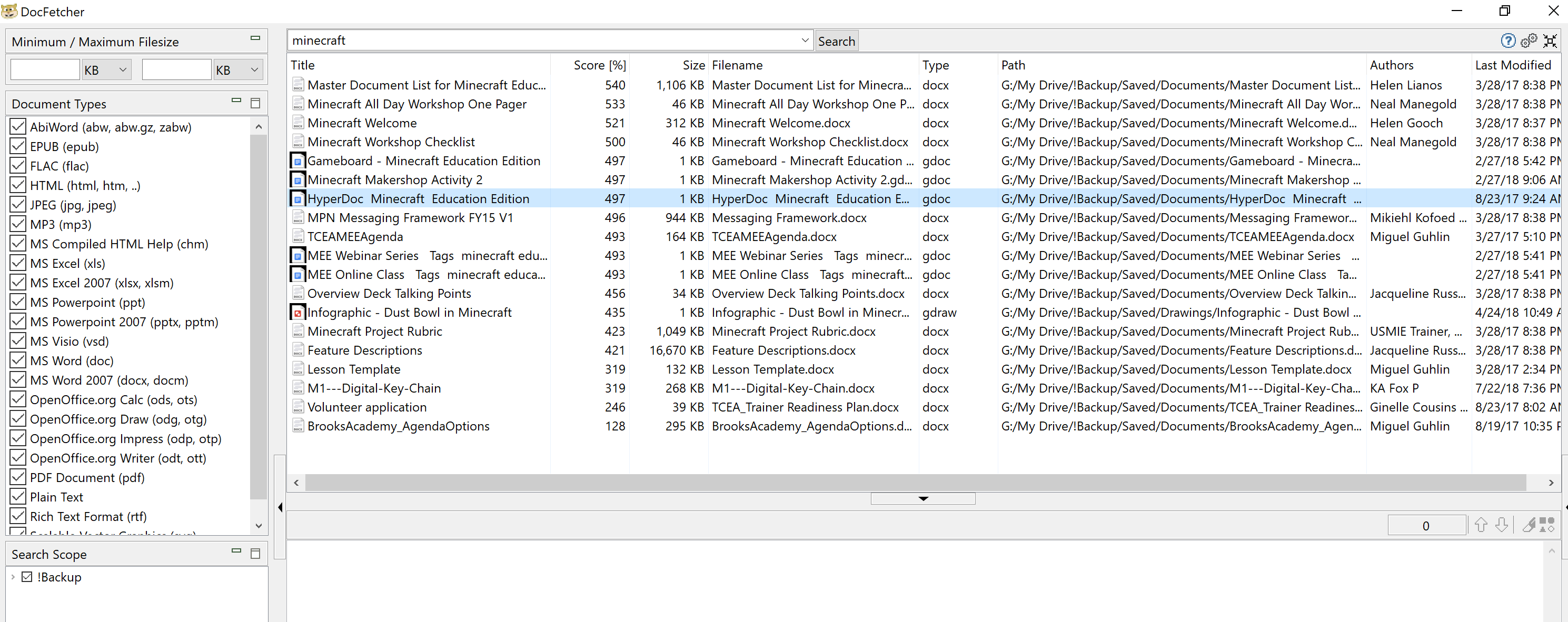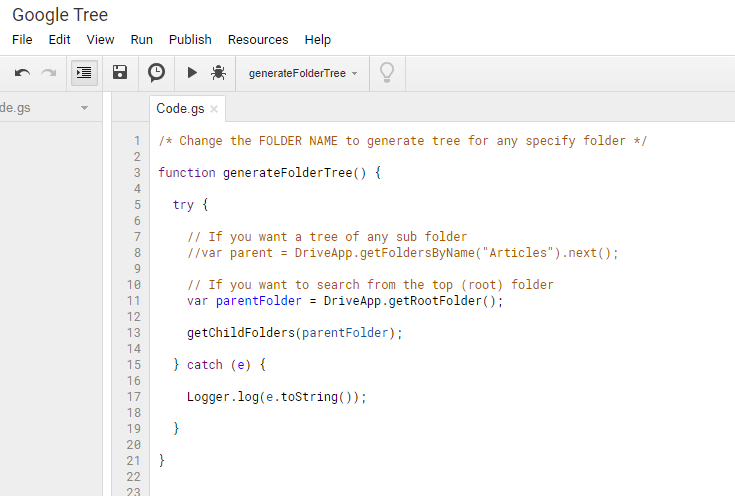Dear TCEA Responds:
I am the secretary for our state’s teacher association. The main decision-makers of the association have about 20 members. One member created a shared folder. It is well-organized but runs deep into subfolders and sub subfolders. Members can’t find anything. Half the members lack Google Drive skills. That may be a part of the issue. Has anyone found a strategy for helping people navigate a shared folder like this?
-Jane
Dear Jane:
Organizing for others can be a tough job. One of the challenges we face as human beings is that how we organize reflects our own sense of what goes where. If that sense of order is different than most, problems arise. How can you better organize content in Google Drive? Let’s explore a few tips you may find helpful.
Before We Start
Before we start, it may be worthwhile to point out several resources you can use to get your members up to speed. Learning how to use Google Drive can only increase members’ confidence for using it. Here are some tutorial videos:
- Lynda.com offers a Navigating the Google Drive interface video as part of their tutorial.
- This Google Doc, Navigating Google Drive: A Guided Tour, may provide some context.
- The University of Minnesota offers a self-help guide on working with Google Drive.
Of course, there are many tutorials online for Google Drive. Educators may want to take a quick look at one more. In this part of my Google Educator Level 1 tutorial, you’ll find a section on Drive.
Suggestions for Organizing
Here are some suggestions for organizing your Google Drive. I’d like to suggest you do the following:
- Limit yourself to several top-level folders. While it’s tempting to make specific folders that may house only a few files, avoid that. Instead, create a few top-level folders that will serve as the catch-all for your files.
- Avoid creating many subfolders to house information. In the end, you will find yourself going down the rabbit hole trying to figure out where files end up. Instead, create a few top-level folders and then divide your files among them. No sub-folders.
- Label your folders well. Include the name, and add tags that might help others find things.
- Use color coding.
- Add emojis.
Ready to see those tips?
Tip #1: Create an Index of Google Drive Folder Content
Wouldn’t it be neat to create an index of all files in a specific folder? This would be a list of all files in a particular folder. You can use the “listAllFilesInFolder” app. It’s an open-source, Google script that you can run folder by folder (here is a similar solution). This will create a hyperlinked list inside a Google Spreadsheet of all files in a folder.

That’s great because it makes copying-n-pasting that list easy. You can put the list on a Google Sites page or insert it into a Google Doc easy. If that latter, add some headers and then let Google Docs make you a Table of Contents.

To use the app, you will need to grant permissions. Remember, you can always revoke permissions afterwards. To do that, go to Google Account Permissions.

Again, this is great if you want to create a Google Sheet or Doc list of files that you can share. What’s powerful is that the list is usable in a Google Doc. This means you can add a table of contents to organize the folder and linked file display. Have some Google Script skills? Watch this video and try this script.
Tip #2: Embed Drive Folder in a Google Sites page
Are you comfortable with Google Sites? Create a Sites website then copy-n-paste the Drive folder’s Shared Link into the Sites page.

This will result in a list of files (and folders) available in the folder. For example, I shared the link to my “Articles” folder in Drive. Then, I embedded it on a Google Sites webpage. You can see the result below (or online).

To ease organization, create a fresh webpage for each folder. You can link to each webpage from the front page of your Google Sites or show each page in navigation.
Tip #3: Index Google File Stream
Google File Stream, unlike Google’s Backup and Sync (for G Suite Personal or Consumer), allows you to access G Suites EDU files and folders. This means you can run a program on your Windows 10 computer that indexes your files on Google Drive. It does this via Google File Stream installed on your Windows 10 device. Learn more about the differences between Google’s B&S solution and Google File Stream.
One free, open source tool you can use to index your entire G Suite EDU Drive is DocFetcher. You create an index of Google File Stream folder on your computer, and you get searchable list. With this tool, you may never lose anything again in Google Drive. Unfortunately, the interface is a bit clunky (a la Windows 98). That said, it works great as you can see below.

A search of Google Drive on term “Minecraft” yielded quick results.
Organizing Google Drive for Others
Organizing Google Drive for others can be tough. Finding content in Drive once you’ve put it somewhere can be even more so. These tips should provide some help in alleviating the challenges. Challenges akin to locating a needle in the Google Drive haystack.

